Rubber and concrete surfaces are complete opposites of each other. So finding a suitable adhesive, which allows you to stick them together, is essential.
There are many adhesives available on Amazon, and one may be better than the other in each case. So, in this article, we will suggest the most suitable options before walking you through how to glue rubber to concrete.
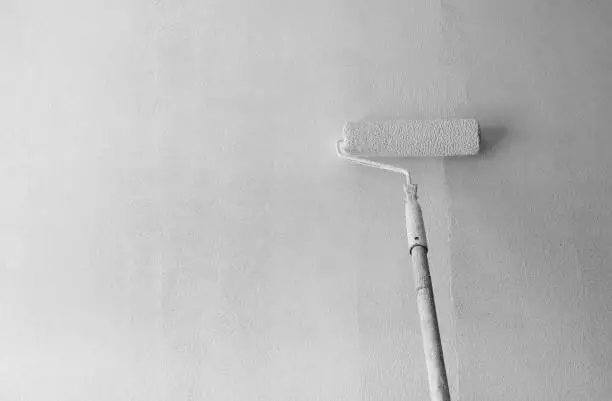
Things You’ll Need
Whether you want to install a concrete seal with rubber tubing or safety bumpers, you need adhesive or glue that can hold both surfaces tightly.
Here are our three suggestions for adhesives that work well in this project.
Read more: [Top 5] Best Glue For Rubber 2022: Top-Rated Version & In-Depth Reviews
Silicone Adhesives
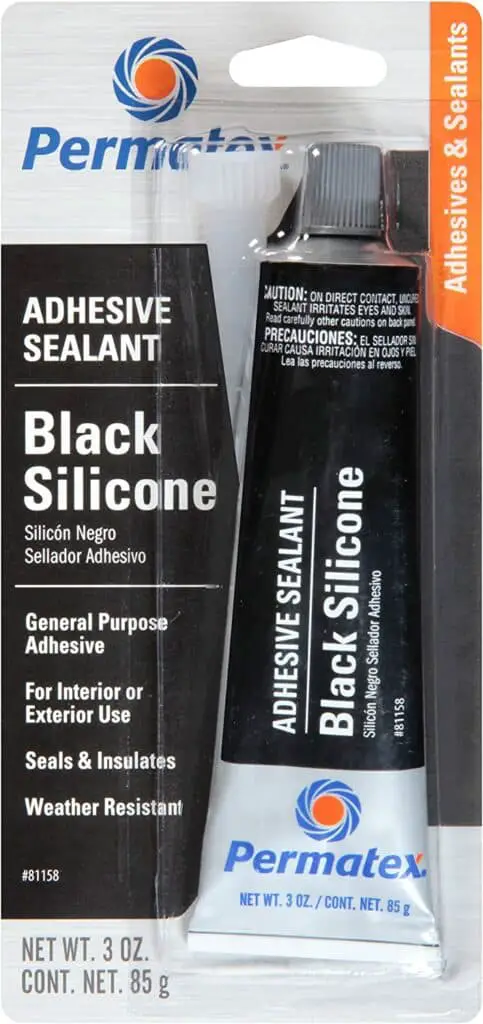
Silicone adhesives are one of the decent choices for gluing rubber to concrete. They are made in unique formulations ideal for construction and landscaping applications.
For this project, you can use Liquid Nails landscape adhesive or Roof and gutter adhesive. They are great options and will not damage your rubber when it cures.
Silicone adhesives are also somewhat flexible and can grip well on rubber and concrete surfaces. Plus, these adhesives are great for areas affected by water or moisture that concrete may absorb.
Our recommended products: Permatex 81158 Black Silicone Adhesive Sealant
Epoxy Resin
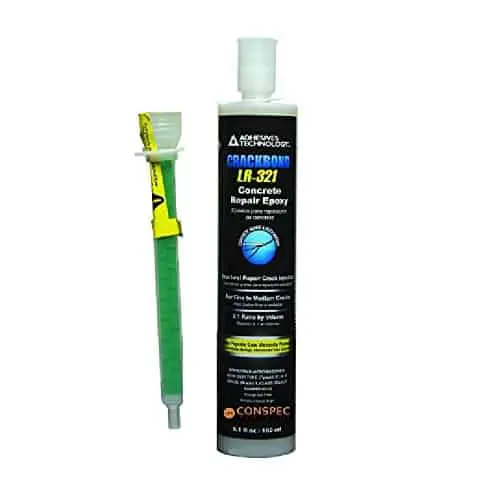
Using epoxy resin to glue concrete and rubber also does the trick. There are a few differences between epoxy resin formulations. So you will need to choose the semi-flexible type, which works best for gluing concrete and rubber needs.
Using epoxy resin for gluing concrete and rubber will be easier for smaller items, such as sections of rubber used for a standing mat.
Our recommended products: Conspec – Crackbond LR-321 Epoxy Resin
Polyurethane Adhesive
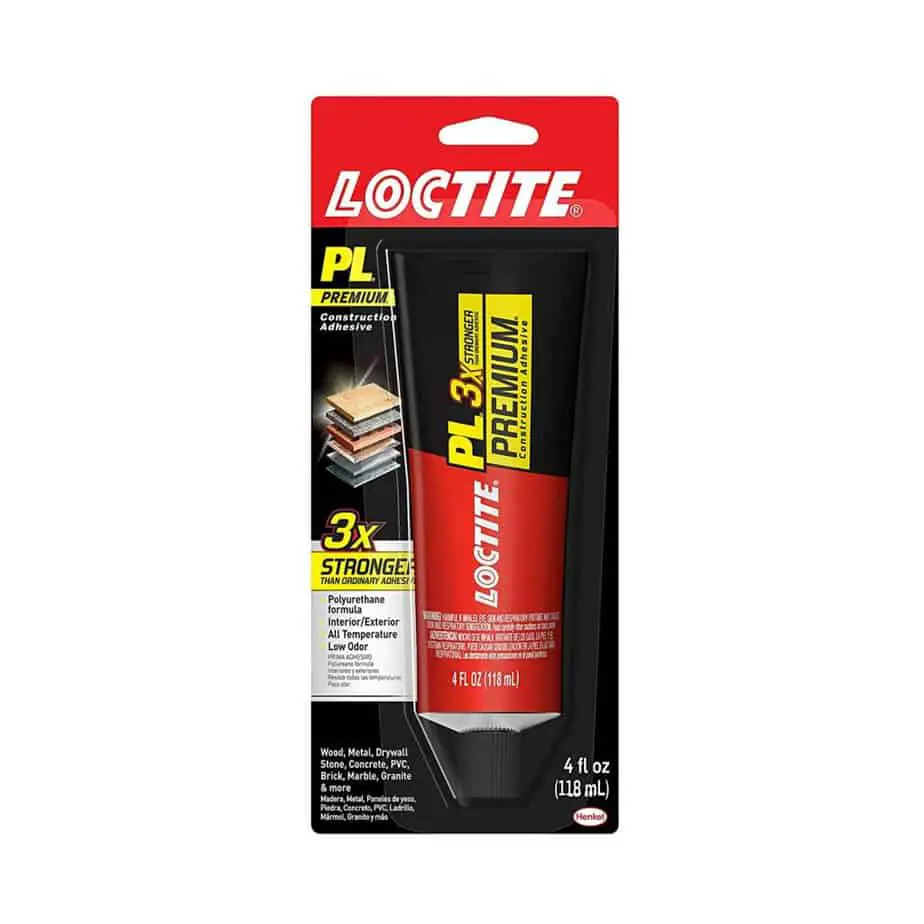
Not all polyurethane adhesives can be used for gluing concrete and rubber.
Concrete readily absorbs moisture from the air. So the polyurethane adhesive you need should be one of the construction-grade glues that work for any application in weather stripping, flooring, and gluing rubber floor matting.
Here are some best products for this project:
- Liquid Nails LN-950 Adhesive.
- 3M Construction Adhesive.
- Gorilla Glue Construction Adhesive.
These adhesives are suitable to apply on concrete as moisture will help them to complete their curing cycle, making them excellent options for long-term adhesion. There is no denying that they are best for gluing concrete and rubber.
Our recommended products: Loctite 1451588 Tan PL Polyurethane Tube.
How To Glue Rubber to Concrete? A Step-by-Step Guide
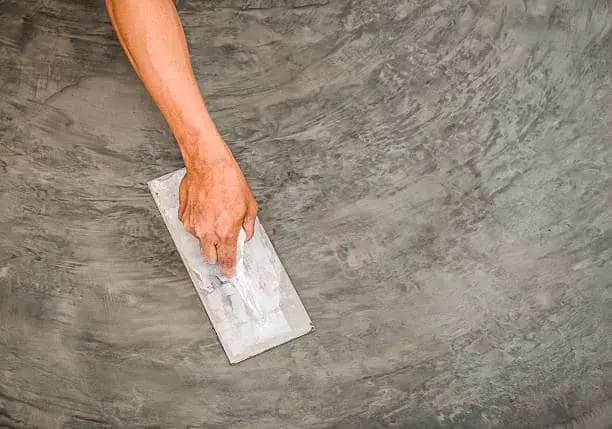
Step 1: Preparing Rubber And Concrete Before Getting Started
This step involves making sure both concrete and rubber surfaces are clean and free of dirt.
You need to ensure the concrete’s surface is flat and has as few defects as possible. It does not have to be smooth but must have a relative texture. In addition, you also need to sweep the area clear in which you will put the rubber.
If you use polyurethane glue, you need to spray the concrete floor’s surface with a thin layer of water. So, the polyurethane glue will be activated and cured.
Regarding preparing rubber, use sandpaper and sand the bonding side on any rubber surface to give it a few textures.
Step 2: Apply Glue
Spread your chosen adhesive onto the concrete surface using a spackle trowel or large spatula is best.
After that, put the rubber onto the concrete surface and press air bubbles using one rolling pin. Using something flat that can roll on the rubber surface is okay, such as a part of a rounded pipe or a gallon-size paint can.
A spackle trowel is best for silicone adhesive, while a plastic squeegee, available at paint stores, is suitable for Epoxy resin and Polyurethane glue.
Silicone adhesive usually contains a solvent that might smell acidic, so it is best to spread it quickly and put the rubber in sections.
Also, you need to do this project in a well-ventilated place and wear a protective mask to avoid inhaling this smell.
Step 3: Let It Cure
Polyurethane adhesive is quite sensitive to moisture, so it will start to cure as concrete is damp. This curing process takes the next four to five hours to cure.
We recommend allowing the silicone adhesive to cure for at least twenty-four hours. Increasing the heat of your work area can help the curing, but it is not necessary to boost silicone curing by itself.
Epoxy involves a chemical cure, taking at least twelve hours to cure. However, it will probably be faster at temperatures above 75 degrees Fahrenheit.
Meanwhile, silicone adhesives can be speed-up in the air, but when the rubber has been glued to concrete, the curing process will take longer.
FAQs
How to Remove Concrete Adhesive?
To remove adhesive from a concrete surface, you can use a sharp item, such as a chisel or knife. Chemical adhesive removers usually won’t have any effect on concrete adhesives.
Which Product Can Glue Wood to Concrete?
One of the best and easiest ways to glue concrete and wood is Epoxy glue.
Certain epoxies are explicitly manufactured for concrete-to-wood use, and you can use one on its own or combined with screws or nails.
Which Is the Best Adhesive to Use?
Regarding overall strength, silicone and polyurethane adhesives are excellent as they deliver a decent rubberized adhesion that can last for a few years.
Epoxy resin is an excellent option if you buy a specialized product that delivers one semi-flexible bond that will not crack or shrink.
Spreading polyurethane and epoxy is easier than silicone glue. The only downside of silicone is that air will make it cure quickly
Conclusion
You have now reached the bottom of this article. Hopefully, you already know what to choose and how to glue rubber to concrete. It is a simple process, and anyone can get the job done excellently, even beginners.
